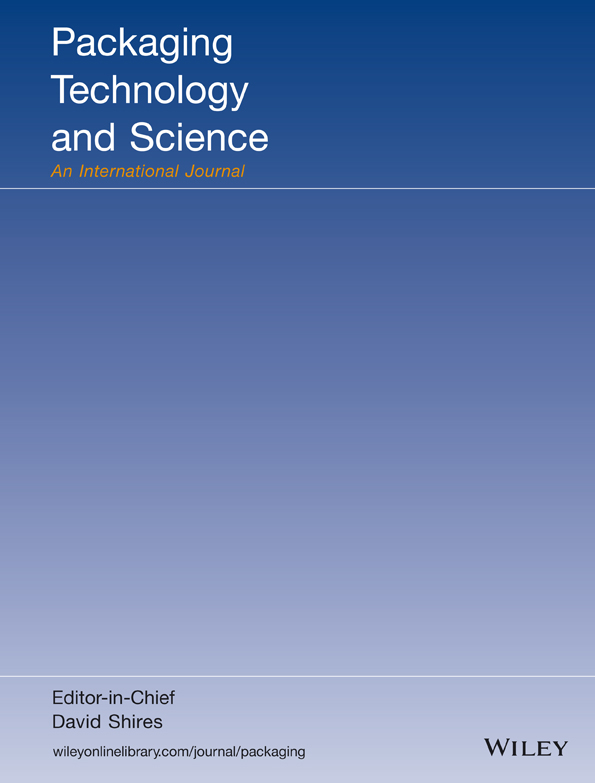Experimental and finite element simulated box compression tests on paperboard packages at different moisture levels
Abstract
Finite element (FE) analyses can be used as a powerful tool in the package design process to study for instance stress and strain fields that arise during loading. An orthotropic linear elastic material model with a stress-based failure criterion was used to simulate box compression tests (BCTs) of a paperboard package in the FE solver LS-Dyna. Physical experiments were performed at 50%, 70%, and 90% relative humidity (RH). The input parameters required for the simulations were calculated based on material characterization at standard climate (50% RH and 23°C) and a linear relation between mechanical material properties and moisture ratio established in earlier studies. The result showed that it was possible to accurately predict the load–compression curve of a BCT when moisture was accounted for. Furthermore, it was found that modelling of the mechanical properties of the creases are important for capturing the stiffness response of the package. To conclude, it was possible to predict the box compression strength and the linear stiffness response prior to the peak in the load–compression response at relevant moisture levels, by using the previously established linear relationship between moisture ratio and material properties. In addition to the moisture ratio at the preferred moisture level, the only material properties required were the in-plane strengths and stiffnesses, and the out-of-plane shear moduli at standard climate.




